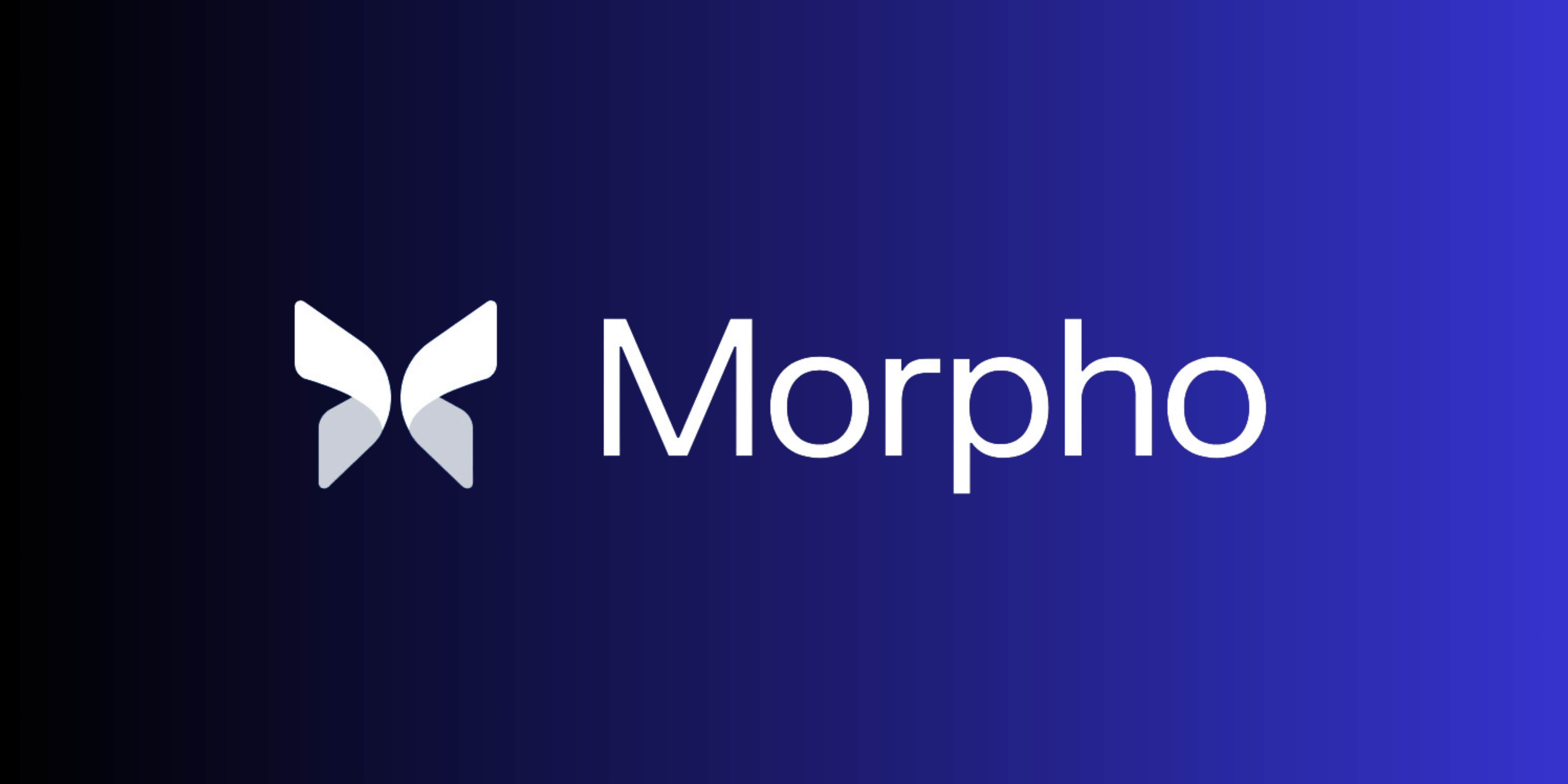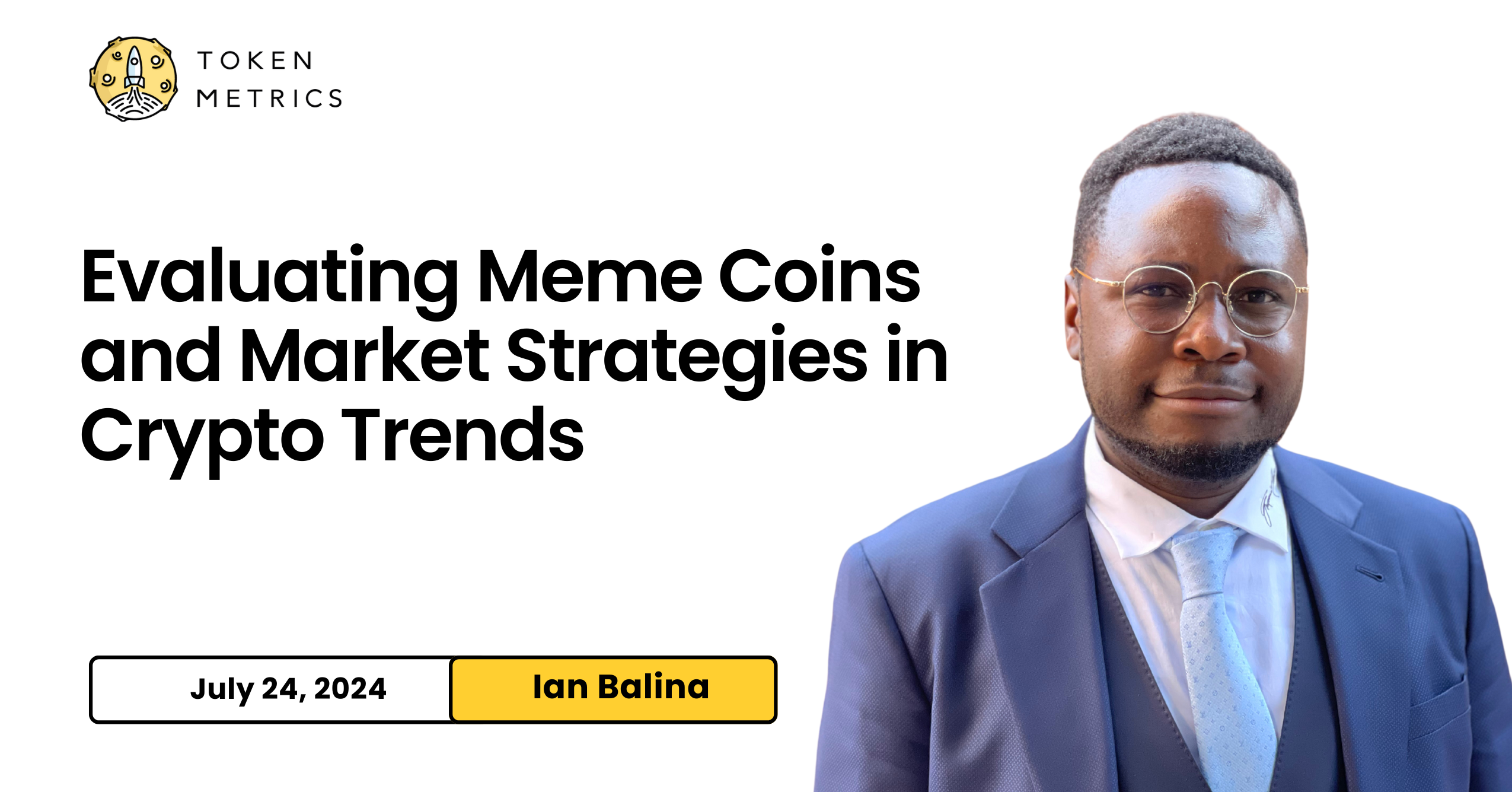Introduction
Morpho is a decentralized, non-custodial lending protocol designed for the Ethereum Virtual Machine (EVM). It focuses on providing efficient, secure, and permissionless lending markets with better rates, higher collateralization factors, and lower gas costs than existing platforms. The protocol’s development includes two main versions: Morpho Optimizers and Morpho Blue.
Morpho Innovation
Morpho introduces a groundbreaking approach to decentralized lending by combining efficiency, security, and permissionless market creation. Its innovation lies in the Peer-to-Peer Matching Algorithm of Morpho Optimizers, which directly matches lenders and borrowers to improve rates while maintaining liquidity and risk parameters. Additionally, Morpho Blue’s user-centric design allows for the creation of isolated lending markets with configurable parameters, enhancing flexibility and diversity in asset markets.
Architecture
Morpho’s architecture is built to ensure security, efficiency, and flexibility. The protocol is divided into two main components:
- Morpho Blue:
- Immutable Lending Primitive: Allows the creation of immutable and efficient lending markets in a permissionless manner.
- EVM Smart Contracts: Facilitates interactions and integrations through EVM smart contracts.
- User-Centric Design: Enables users to create markets with any loan asset, collateral asset, risk parameters, or oracle, and to interact with any deployed market.
- Isolated Lending Markets: Supports the deployment of minimal and isolated lending markets by specifying key parameters such as collateral asset, loan asset, Liquidation Loan To Value (LLTV), Interest Rate Model (IRM), and oracle.
- Morpho Optimizers:
- Peer-to-Peer Matching Algorithm: Improves lending and borrowing rates by matching lenders and borrowers directly while preserving liquidity and risk parameters.
- Integration with Incumbent Lending Pools: Enhances existing lending pools’ efficiency without compromising on security.
Code Quality
Morpho’s codebase is formally verified, immutable, and audited by top security firms, ensuring a high level of security and reliability. The code is designed to be simple and robust, adhering to best practices in smart contract development. The use of formal verification techniques further enhances the trustworthiness of the protocol, providing assurance that the code behaves as intended.
Product Roadmap
Morpho’s product roadmap focuses on continuous improvement and expansion of its lending protocol. Key milestones include:
- Expansion of Supported Assets: Adding support for more diverse assets to enhance the range of lending markets.
- Integration with More Lending Pools: Extending Morpho Optimizers to integrate with additional incumbent lending pools to increase liquidity and user options.
- Enhancement of Governance Mechanisms: Refining the governance processes to ensure efficient and decentralized decision-making.
Usability
Morpho prioritizes user experience by offering a flexible and intuitive interface for creating and interacting with lending markets. The protocol’s design allows users to independently assess and manage their risk and return without restrictions imposed by governance. The deployment of minimal and isolated lending markets further simplifies the user experience, making it accessible to both novice and experienced users.
Team
Morpho’s team comprises experienced developers, security experts, and blockchain professionals. Their expertise in decentralized finance and smart contract development ensures the protocol’s reliability and continuous improvement. The team’s commitment to transparency and security is evident through their rigorous code audits and formal verification practices.
Conclusion
Morpho introduces a novel approach to decentralized lending, combining innovative technology, robust architecture, and a user-centric design. With its Morpho Blue and Morpho Optimizers protocols, it offers a flexible and cost-effective solution for lending and borrowing on the Ethereum blockchain. As the protocol continues to evolve, it is well-positioned to become a key player in the DeFi ecosystem, driving further innovation and adoption in decentralized finance.
| Initial Screening | |||
| Keep researching | |||
| Does this project need to use blockchain technology? | Yes | ||
| Can this project be realized? | Yes | ||
| Is there a viable use case for this project? | Yes | ||
| Is the project protected from commonly known attacks? | Yes | ||
| Are there no careless errors in the whitepaper? | Yes | ||
| Project Technology Score | |||
| Description | Scorecard | ||
| Innovation (Out Of 11) | 6 | ||
| How have similar projects performed? | Good | 2 | |
| Are there too many innovations? | Medium | 1 | |
| Percentage of crypto users that will use the project? | 1% – 5% | 1 | |
| Is the project unique? | Yes | 2 | |
| Architecture (Out of 12) | 11 | ||
| Overall feeling after reading whitepaper? | Good | 2 | |
| Resistance to possible attacks? | Good | 2 | |
| Complexity of the architecture? | Not too complex | 2 | |
| Time taken to understand the architecture? | 20-50 min | 1 | |
| Overall feeling about the architecture after deeper research? | Good | 4 | |
| Has the project been hacked? | No | 0 | |
| Code Quality (out of 15) | 15 | ||
| Is the project open source? | Yes | 2 | |
| Does the project use good code like C,C++, Rust, Erlang, Ruby, etc? | Yes | 2 | |
| Could the project use better programming languages? | No | 0 | |
| Github number of lines? | More than 10K | 1 | |
| Github commits per month? | More than 10 | 2 | |
| What is the quality of the code? | Good | 2 | |
| How well is the code commented? | Outstanding | 2 | |
| Overall quality of the test coverage? | Outstanding | 2 | |
| Overall quality of the maintainability index? | Outstanding | 2 | |
| When Mainnet (out of 5) | 5 | ||
| When does the mainnet come out? | Mainnet | 5 | |
| Usability for Infrastructure Projects (out of 5) | 5 | ||
| Is it easy to use for the end customer? | Medium | 5 | |
| Team (out of 7) | 7 | ||
| Number of active developers? | 5+ | 2 | |
| Developers average Git Background? | Senior | 2 | |
| Developers coding style? | Outstanding | 3 | |
| Total Score (out of 55) | 49 | ||
| Percentage Score | |||
| Innovation | 10.91% | ||
| Architecture | 20.00% | ||
| Code Quality | 27.27% | ||
| Mainnet | 9.09% | ||
| Usability | 9.09% | ||
| Team | 12.73% | ||
| Total | 89.09% |





